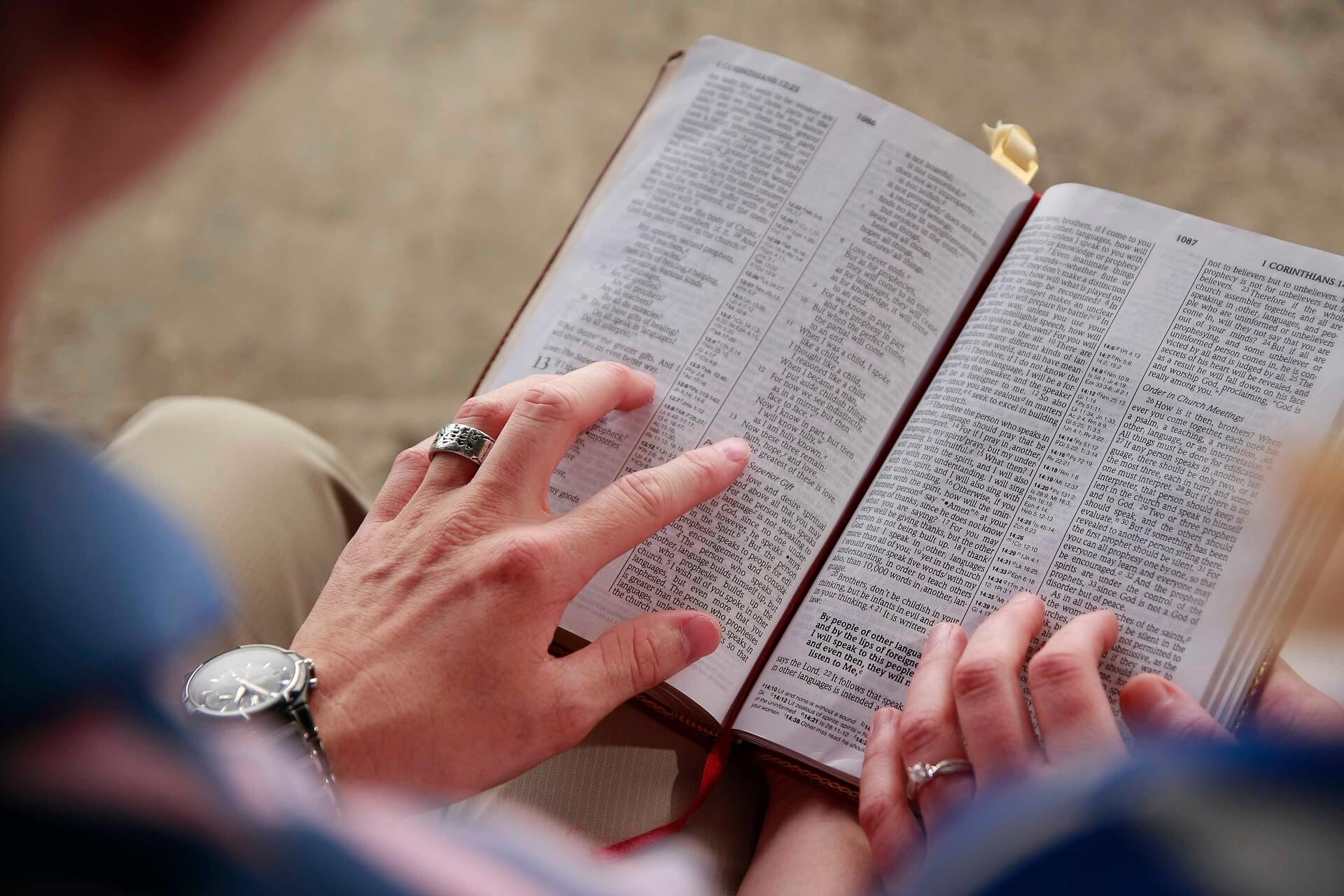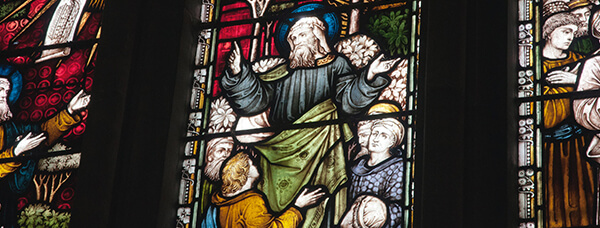 The first human author to write down the biblical record was Moses. He was commanded by God to take on this task, for Exodus 34:27 records God’s words to Moses, “Write down these words, for in accordance with these words I have made a covenant with you and with Israel.” And what language did he use? He wrote in his native language, called Hebrew.
The first human author to write down the biblical record was Moses. He was commanded by God to take on this task, for Exodus 34:27 records God’s words to Moses, “Write down these words, for in accordance with these words I have made a covenant with you and with Israel.” And what language did he use? He wrote in his native language, called Hebrew.
Hebrew is one of a group of languages known as the Semitic languages which were spoken throughout that part of the world, then called Mesopotamia, located today mainly in Iraq. Their alphabet consisted of 22 letters, all consonants. (Imagine having an alphabet with no vowels! Much later they did add vowels.)
During the thousand years of its composition, almost the entire Old Testament was written in Hebrew. But a few chapters in the prophecies of Ezra and Daniel and one verse in Jeremiah were written in a language called Aramaic. This language became very popular in the ancient world and actually displaced many other languages. Aramaic even became the common language spoken in Israel in Jesus’ time, and it was likely the language He spoke day by day. Some Aramaic words were even used by the Gospel writers in the New Testament.
The New Testament, however, was written in Greek. This seems strange, since you might think it would be either Hebrew or Aramaic. However, Greek was the language of scholarship during the years of the composition of the New Testament from 50 to 100 AD. The fact is that many Jews could not even read Hebrew anymore, and this disturbed the Jewish leaders a lot! So, around 300 BC a translation of the Old Testament from Hebrew into Greek was undertaken, and it was completed around 200 BC. Gradually this Greek translation of the Old Testament, called the Septuagint, was widely accepted and was even used in many synagogues. It also became a wonderful missionary tool for the early Christians, for now the Greeks could read God’s Word in their own tongue.
So the New Testament authors wrote in Greek. They did not, however, use really high-class or classical Greek, but a very common and everyday type of Greek. For many years some scholars ridiculed the Greek of the New Testament because many of its words were strange to those who read the writings of the great Greek classical authors such as Plato and Aristotle. But later many records were uncovered of ordinary people, and amazingly there were the same common terms used in everyday speech! The ridicule dried up accordingly.
The earliest copies of parts of the Hebrew Old Testament were discovered in 1947. They are part of the famous Dead Sea Scrolls and actually date back to the first century BC. Even though they are at least 900 years older than any parts of the Bible we had before this, they are not the originals. They are copies. The originals have all been lost or destroyed. But this is not a cause for dismay. We’re almost certain what the original text said. Copying by scribes was done with great care in those days and because the text was regarded as sacred, the copyists were extremely painstaking. Today some 5000 hand-copied documents exist of all or part of the Bible, and they agree in 98% of the text! No other ancient writing has this amount of underlying support with such amazing agreement as to the text.
Yes, we do have what God wanted us to have! By way of translation, we now have His revelation in our own language and in 2300 other languages, too. Today we have the very Bible that comes to us from the three languages used in the original. Truly we can say, “God speaks my language, too!”
Article written by Biblica Inc.‘s staff.
Content is used with permission from Biblica Inc. Original article is available here.








